Homerton Hospital’s 60th exhibition showcases East London studio ‘at centre of Islamic art revival’
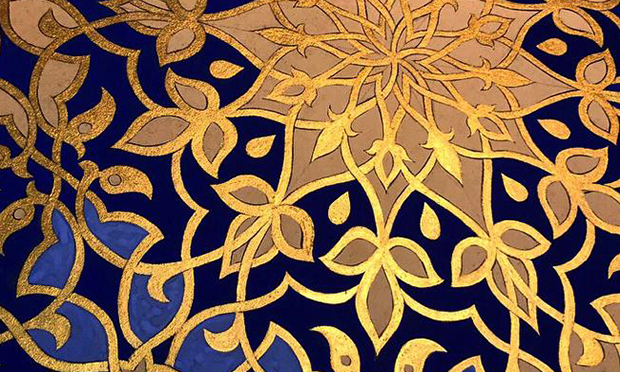
Photograph: courtesy of Homerton Hospital
When Homerton Hospital’s art curator Shaun Caton started thinking about how he could turn his fascination with the “intricate, geometric beauty” of Islamic art into an exhibition, he had no idea the answer lay so close to home.
It all came about when Caton asked the hospital’s imam, Yasar Zaman, if he knew anyone locally who might be able to help.
Turns out, he did.
Zaman pointed Caton in the direction of a studio founded in Hackney Wick, which happens to be home to one of the world’s leading exponents of the art of Islamic pattern, Richard Henry, and his colleague Adam Williamson, a sculptor and expert in biomorphism.
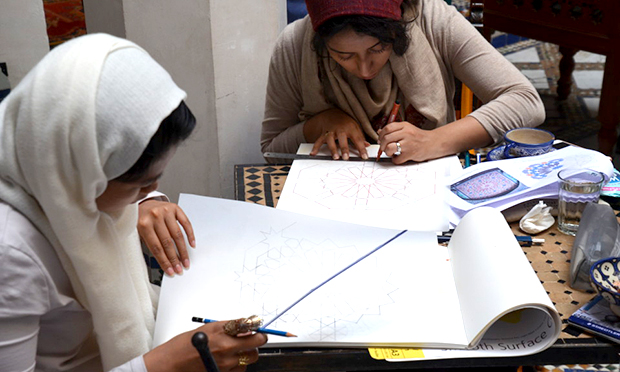
Photograph: courtesy of Homerton Hospital
The pair ran workshops and courses from the studio, called Art of Islamic Pattern, for over 10 years, and continue to do so from their new location in Bow.
As Caton puts it: “There was literally a powerhouse of creativity right on the doorstep of the Homerton.”
So began a long 18 months of planning the hospital’s 60th show, The Art of Islamic Pattern – A Living Tradition, which will feature work by both Henry and Williamson and their former students, many of whom are now successful artists.
The exhibition opens on 2 July in the Homerton’s education centre and runs until 4 November, and Caton says it is the first time the art of Islamic pattern has been showcased in a London hospital.
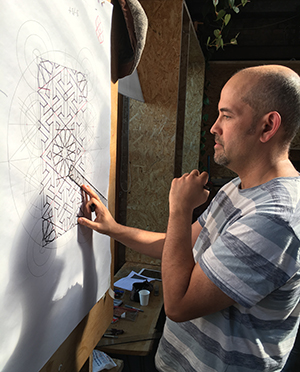
Henry told the Citizen there has been a recent “revival of interest in Islamic art as a contemporary practice”, and his studio has been at the centre of it.
The decision to open in Hackney Wick in 2008 was largely down to the “thriving artistic community” and the availability of studio space, but he adds: “Having access to the huge Muslim and Asian diasporic communities of east London has also been significant in attracting participants to our courses.”
Despite the resurgence in the past decade, Henry’s fascination with Islamic patterns began a long time ago.
He said: “I was always interested in art and mathematics as a child and had wanted to become an architect.
“I actually went on to study philosophy and psychology at university, and then I lived in Istanbul and Spain, travelling through Andalucia and Morocco.
“All that was over 25 years ago, but that initial period of living abroad and being exposed to Islamic architectural heritage was a key formative influence.
“A few years later I was given Robert Lawlor’s book Sacred Geometry, which had various simple geometric exercises at the end of each chapter, and I was hooked.”
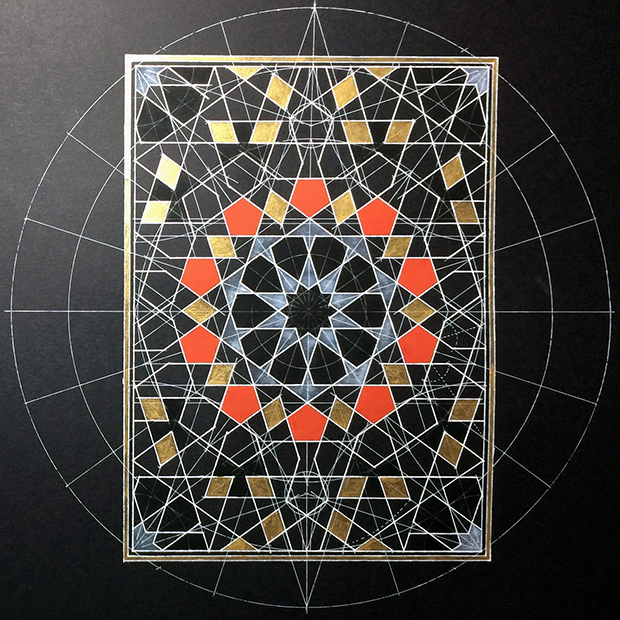
Photograph: courtesy of Homerton Hospital
Henry was particularly compelled by the idea that there is “fundamental order underlying all of creation, and geometric patterns were a key to understanding it, so you could say there was a spiritual dimension”.
He sees the designs as having a “powerful meditative and contemplative dimension”, and says he feels “very blessed and fortunate” to be working in the field.
He remembers telling the same story to one of his clients, an eye surgeon, when they too asked how he became involved in Islamic pattern.
“I can certainly understand why it is of appeal to surgeons and scientists,” he adds. “I have often had the uncanny sensation when constructing a pattern of performing an extremely delicate surgical operation.
“It does feel that one is dealing with fundamental elements of living form, even though the forms are ostensibly mathematical and abstract.”
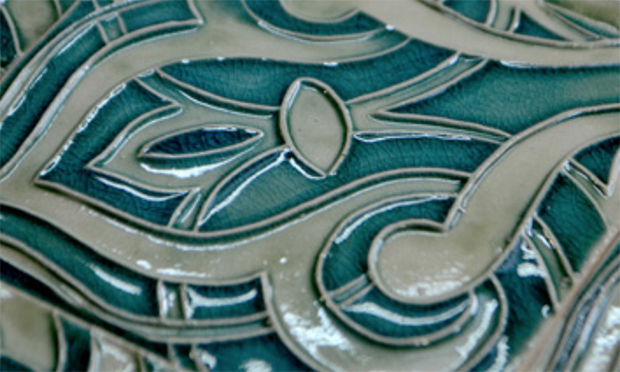
It is this, along with a “deep sense of calmness” that the art form evokes, that Caton believes makes it “perfect for a modern hospital setting”.
He says the exhibition, which comprises of paintings, ceramics, silk work and wood carvings by 15 artists, will introduce Islamic pattern to the wider community.
“Islamic pattern in art has much to offer people: it’s beautiful, life affirming and exquisite. I hope staff, patients, and visitors to the hospital will find this exhibition to be rewarding and uplifting.”
The Art of Islamic Pattern – A Living Tradition runs from 2 July until 4 November in Homerton Hospital’s education centre.
For more information about the exhibition, or to find out more about the courses run by Richard Henry and Adam Williamson, including an introductory one starting on 27 July, head to artofislamicpattern.com
